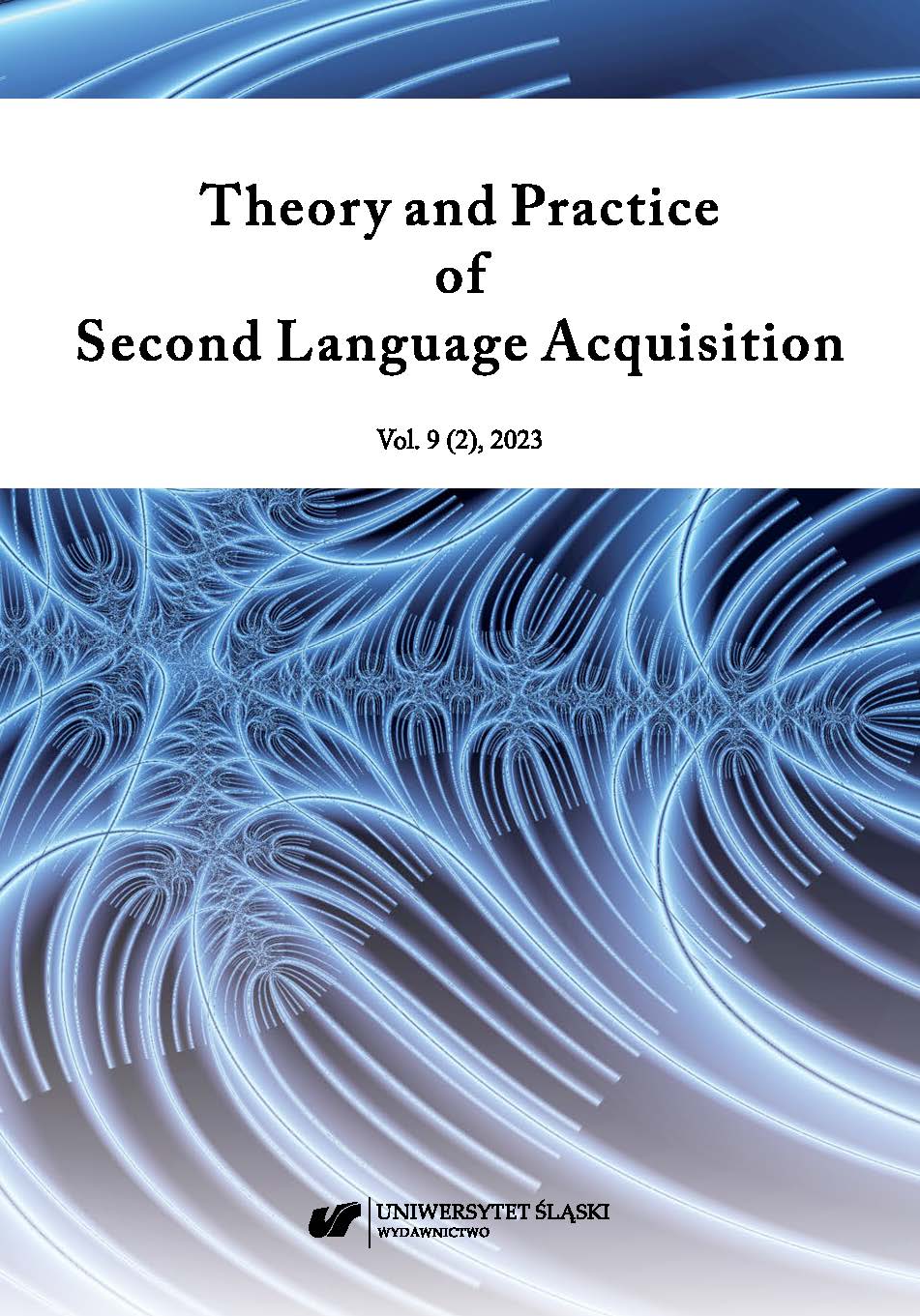Brammerts, H., & Calvert, M. (2003). Learning by communicating in tandem. In T. Lewis & L. Walker (Eds.), Autonomous language learning in tandem (pp. 45–59). Academy Electronic Publications.
Google Scholar
Cedefop (2014). Terminology of European education and training policy: A selection of 130 terms (2nd ed.). Publications Office of the European Union. https://www.cedefop.europa.eu/en/publications/4117
Google Scholar
Dewaele, J.-M. (2018). Why the dichotomy ‘L1 versus LX user’ is better than ‘native versus non-native speaker’. Applied Linguistics, 39(2), 236–240.
Google Scholar
Egi, T. (2010). Uptake, modified output, and learner perceptions of recasts: Learner responses as language awareness. The Modern Language Journal, 94(1), 1–21.
Google Scholar
Ellis, R., Basturkmen, H., & Loewen, S. (2001). Learner uptake in communicative ESL lessons. Language Learning, 51, 281–318.
Google Scholar
El Tatawy, M. (2002). Corrective feedback in second language acquisition. Working Papers in TESOL & Applied Linguistics, 2, 1–19.
Google Scholar
Escudero, P., & Sharwood Smith, M. (2001). Reinventing the native speaker: or ‘What you never wanted to know about the native speaker so never dared to ask’. EUROSLA Yearbook, 1(1), 275–286.
Google Scholar
Gass, S. M. (2003). Input and interaction. In Doughty, C. J., & Long, M. H. (Eds.), The handbook of second language acquisition (pp. 224–255). Blackwell.
Google Scholar
Horgues, C., & Scheuer, S. (2014). “I understood you, but there was this pronunciation thing…”: L2 pronunciation feedback in English/French tandem interactions. Research in Language, 12(2), 145–161.
Google Scholar
Horgues, C., & Scheuer, S. (2015). Why some things are better done in tandem? In J. A. Mompeán & J. Fouz-González (Eds.), Investigating English pronunciation: Trends and directions (pp. 47–82). Palgrave Macmillan.
Google Scholar
Horgues, C., & Scheuer, S. (2018). L2 pronunciation feedback in English-French tandem conversations. In J. Volín & R. Skarnitzl (Eds.), Pronunciation of English by speakers from other languages (pp. 260–281). Cambridge Scholars Publishing.
Google Scholar
Jenkins, J. (2000). The phonology of English as an international language. Oxford University Press.
Google Scholar
Lyster, R., & Ranta, L. (1997). Corrective feedback and learner uptake. Studies in Second Language Acquisition, 19(1), 37–66.
Google Scholar
Lyster, R., & Saito, K. (2010). Oral feedback in classroom SLA. Studies in Second Language Acquisition, 32 (Special Issue 2), 265–302.
Google Scholar
Mackey, A. (1999). Input, interaction and second language development. Studies in Second
Google Scholar
Language Acquisition, 21, 557–587.
Google Scholar
Mackey, A. (2006). Feedback, noticing and instructed second language learning. Applied Linguistics, 27(3), 405–430.
Google Scholar
Mackey, A. (2007). Interaction as practice. In R. DeKeyser (Ed.), Practice in a second language: Perspectives from applied linguistics and cognitive psychology (pp. 85–110). Cambridge University Press.
Google Scholar
Mackey, A., Gass. S. M., & McDonough, K. (2000). How do learners perceive interactional feedback? Studies in Second Language Acquisition, 22(4), 471–497.
Google Scholar
Nassaji, H., & Kartchava, E. (Eds.). (2021). The Cambridge handbook of corrective feedback in second language learning and teaching. Cambridge University Press.
Google Scholar
O’Rourke, B. (2005). Form-focused interaction in online tandem learning. CALICO Journal, 22(3), 433–466.
Google Scholar
Paikeday, T. (1985). The native speaker is dead! Paikeday Publishing.
Google Scholar
Saito, K. (2021). Effects of corrective feedback on second language pronunciation development. In H. Nassaji & E. Kartchava (Eds.), The Cambridge handbook of corrective feedback in second language learning and teaching (pp. 407–428). Cambridge University Press.
Google Scholar
Sato, M., & Loewen, S. (2018). Metacognitive instruction enhances the effectiveness of corrective feedback: Variable effects of feedback types and linguistic targets. Language Learning, 68(2), 507–545.
Google Scholar
Schegloff, E. A., Jefferson, G., & Sacks, H. (1977). The preference for self-correction in the organization of repair in conversation. Language, 53, 361–382.
Google Scholar
Scheuer, S., & Horgues, C. (2020). Corrective feedback in English/French spoken tandem interactions. In C. Tardieu & C. Horgues (Eds.), Redefining tandem language and culture learning in higher education (pp. 147–160). Routledge.
Google Scholar
Schmidt, R. (1990). The role of consciousness in second language learning. Applied Linguistics, 11(2), 129–158.
Google Scholar
Schugurensky, D. (2000). The forms of informal learning: Towards a conceptualization of the field. NALL [Research Network on New Approaches to Lifelong Learning] Working Paper, 19.
Google Scholar
Sheen, Y. (2006). Exploring the relationship between characteristics of recasts and learner uptake. Language Teaching Research, 10(4), 361–392.
Google Scholar
Slavkov, N., Melo-Pfeifer, S., & Kerschhofer-Puhalo, N. (2022). The changing face of the “native speaker”: Perspectives from multilingualism and globalization. De Gruyter Mouton.
Google Scholar
Wakisaka, M. (2018). Face-to-face tandem and etandem: Differences that influence the maintenance of tandem learning activities. Revista Do GEL, 15(3), 42–5
Google Scholar


 https://doi.org/10.31261/TAPSLA.12609
https://doi.org/10.31261/TAPSLA.12609

 10.31261/tapsla
10.31261/tapsla